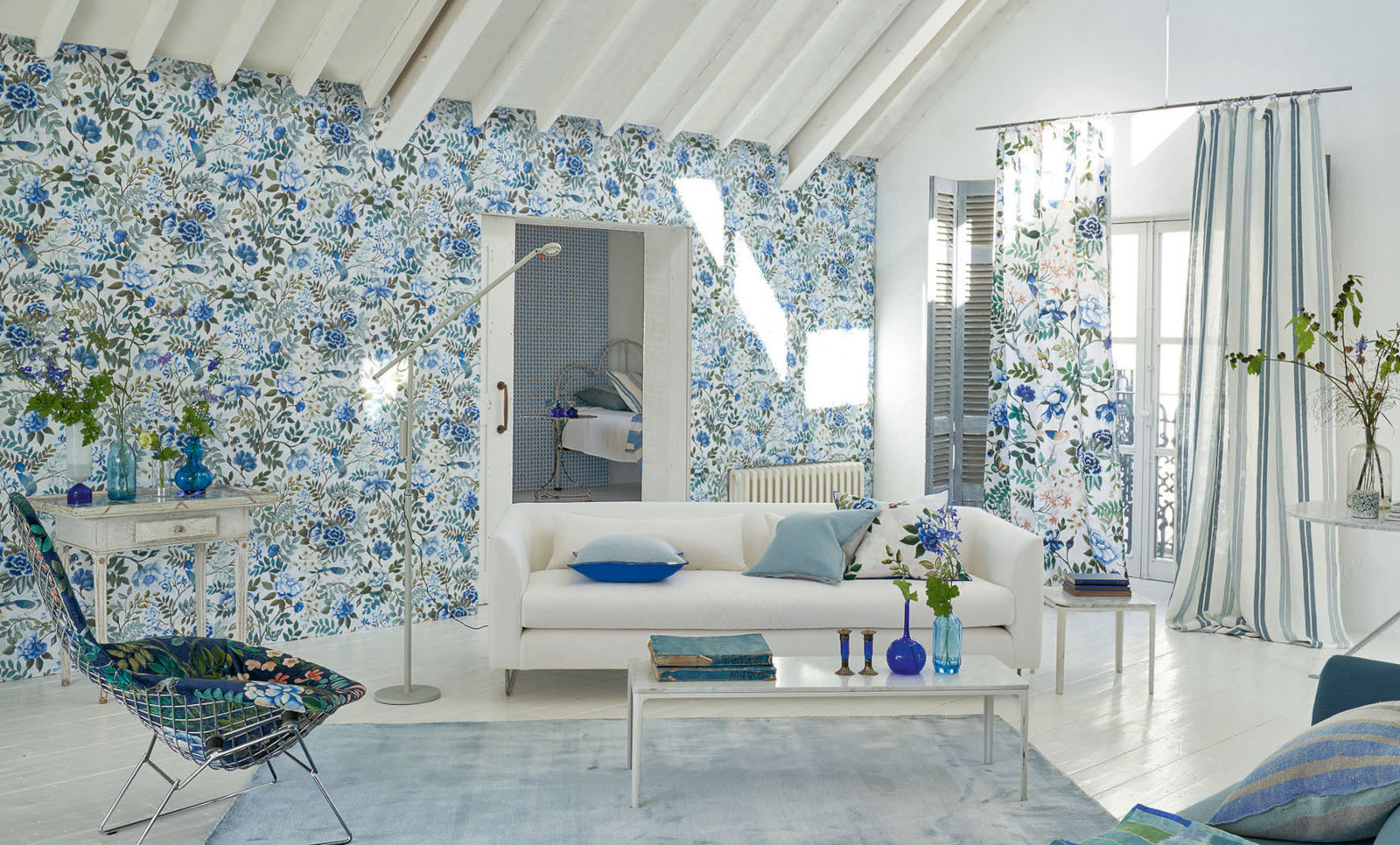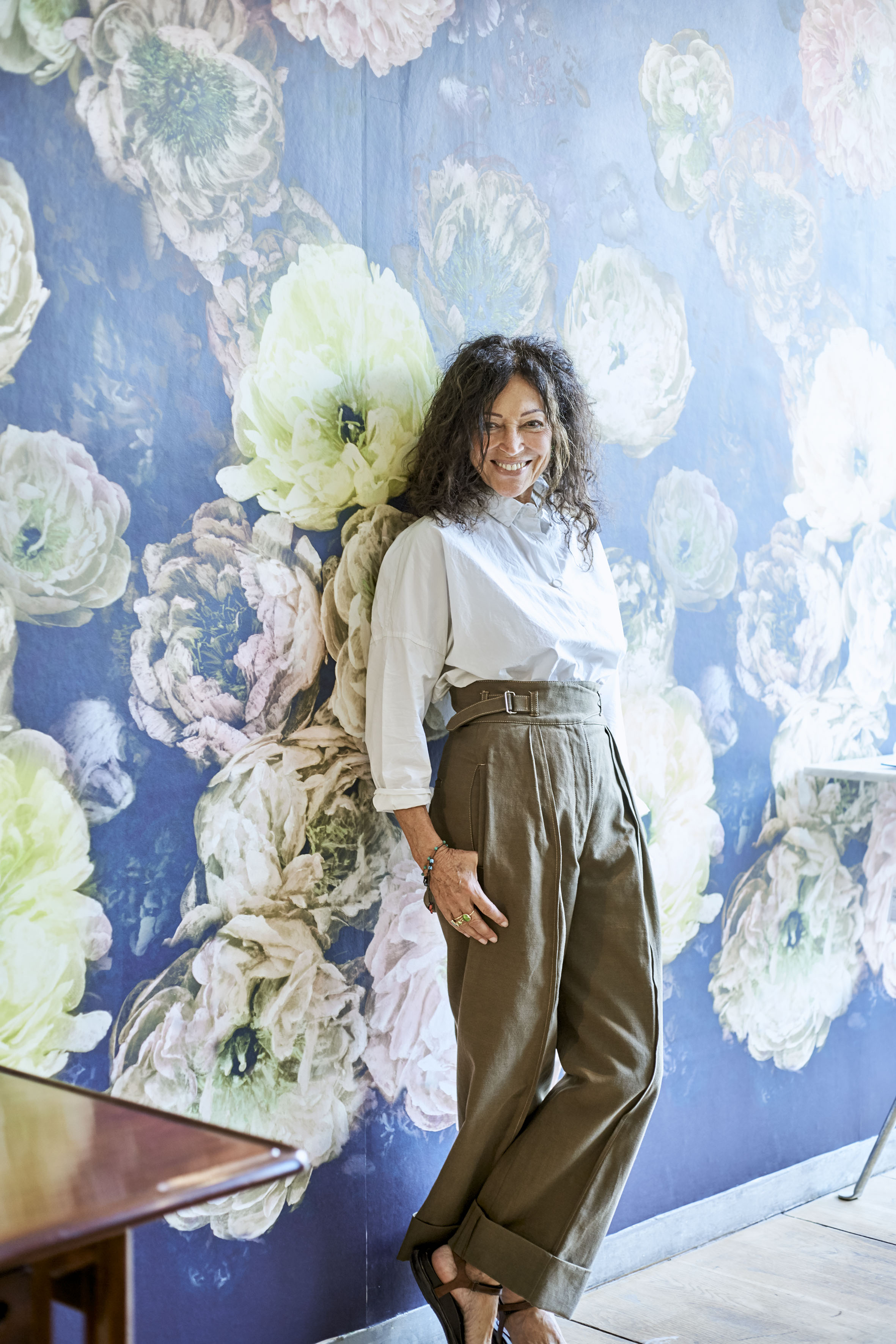5 steps I take to create a focussed color palette
As founder and creative director of Designers Guild, this is something I am asked regularly. Here, I share my advice


Of all the questions I am frequently asked, the most common is always about color. How do you put colors together? How should I mix color? What colors go with what?
These are all common refrains and even in our showroom design studio, knowing how to choose paint colors is the subject that seems to puzzle and frankly, worry most of our clients.

Tricia Guild OBE is the creative force of Designers Guild and has been at the forefront of interior design since starting the company in the early '70s. Internationally renowned for her passion for color, pattern and texture as well as her signature lifestyle brand and books, Tricia Guild has been setting the pace with her dynamic and innovative collections, instantly recognisable for her unique and contemporary style.
1. Go with your instinct

To me, choosing a color palette should be instinctive. The colors you live with should be the colors that you respond to and the ones that make your heart beat just a little faster.
2. Be inspired by fabrics

If you find this difficult – try looking through books of plain fabrics and stop when you get to the colors and shades you love. Make a note and get samples (you can order samples from Designers Guild of all the colors on our paint color card) of all that have appealed.
Are there any strong or vibrant colors that you love? Deep poppy red or emerald green perhaps? What about neutrals – are you grey, brown, charcoal or all of them?
Be mindful of what you are responding to and try to consider why you like them. Slowly you will build up a palette that can become your own language.
3. Define your neutral

Now you have your own palette, think about which shades would be your neutral – it might be a sage green or a slate blue.
Design expertise in your inbox – from inspiring decorating ideas and beautiful celebrity homes to practical gardening advice and shopping round-ups.
Is your palette warm or cool – could it benefit from a touch of contrast perhaps or more harmony?
Do you have a white that would work with all your shades – which do you favor?
A warm white or a cool one?
By determining the answers to these questions, you are refining and honing your own palette.
4. Consider texture in your color choices

Something else to bear in mind is the relationship between color and texture – texture and form have a huge influence on how we see the color – a dry, felted wool in cobalt blue will look less bright and vivid than a sheeny silk in the same shade, whereas a transparent muslin or voile will filter the same shade in a totally different way.
5. Begin to build a mood board

Build your own mood board and use it as a guide or a blueprint when you are looking to make changes in your home.
Try not to disregard a color because you are nervous of it – instead try to find a different way of using it, maybe a smaller piece of it or as a rug or throw, cushion of lampshade instead.

Tricia Guild OBE is the creative force of Designers Guild and has been at the forefront of interior design since starting the company in the early '70s. Internationally renowned for her passion for color, pattern and texture as well as her signature lifestyle brand and books, Tricia Guild has been setting the pace with her dynamic and innovative collections, instantly recognisable for her unique and contemporary style.